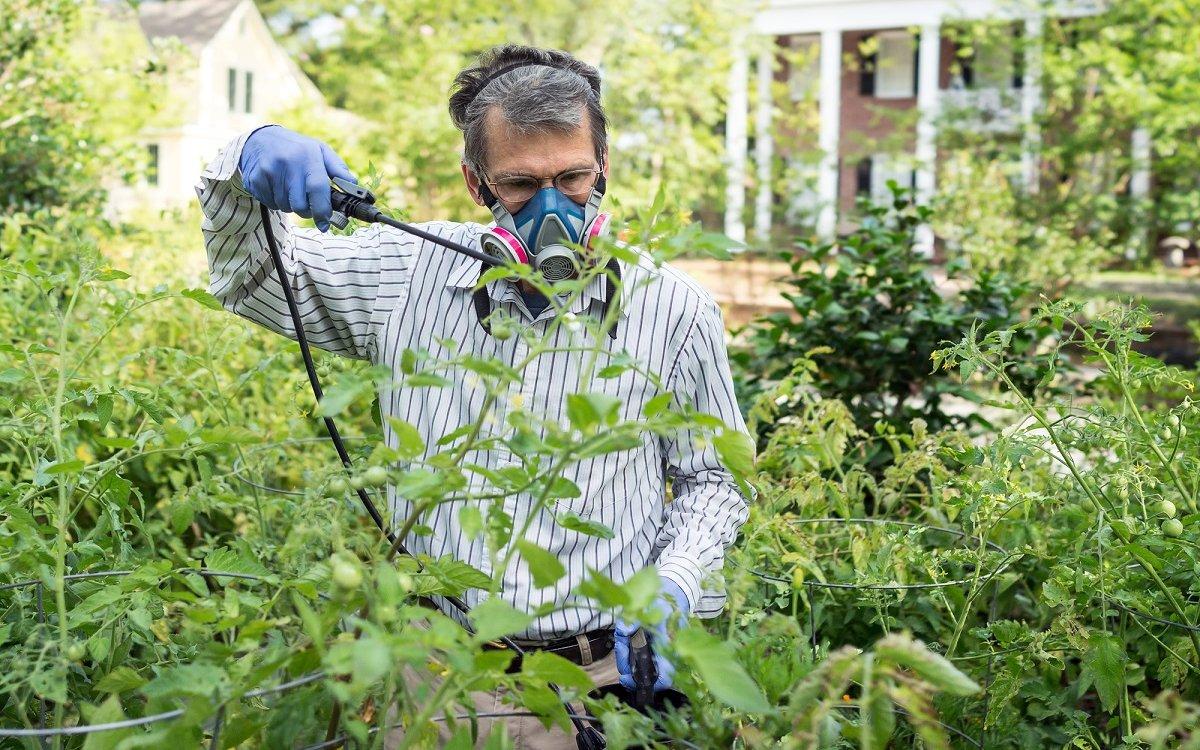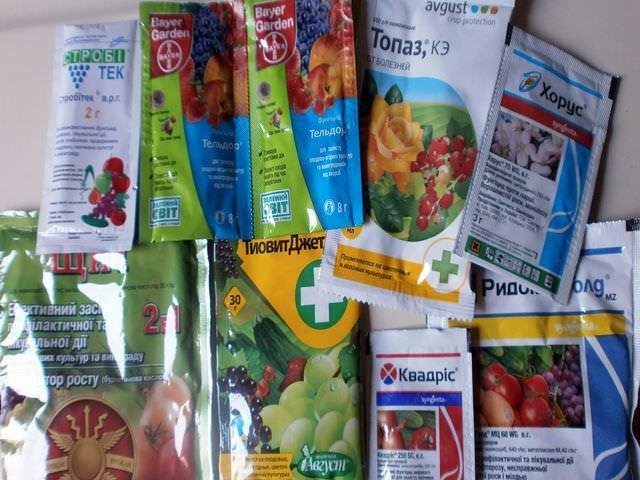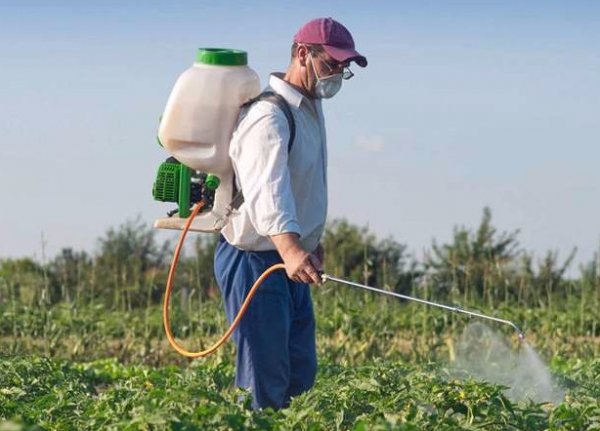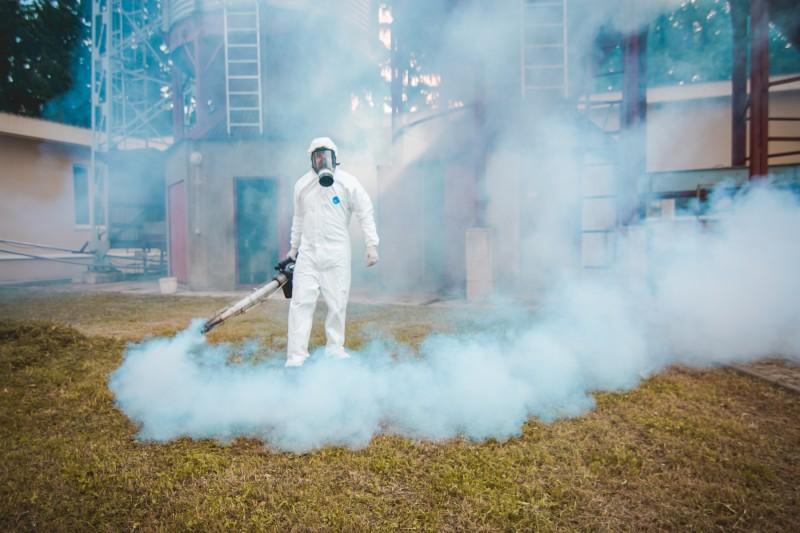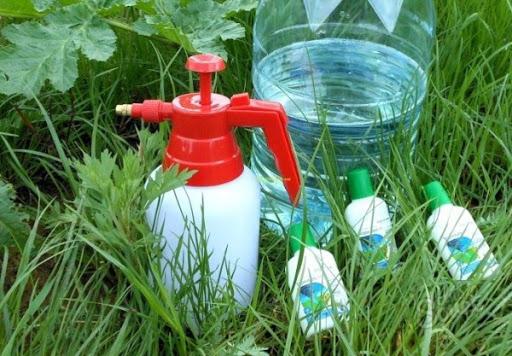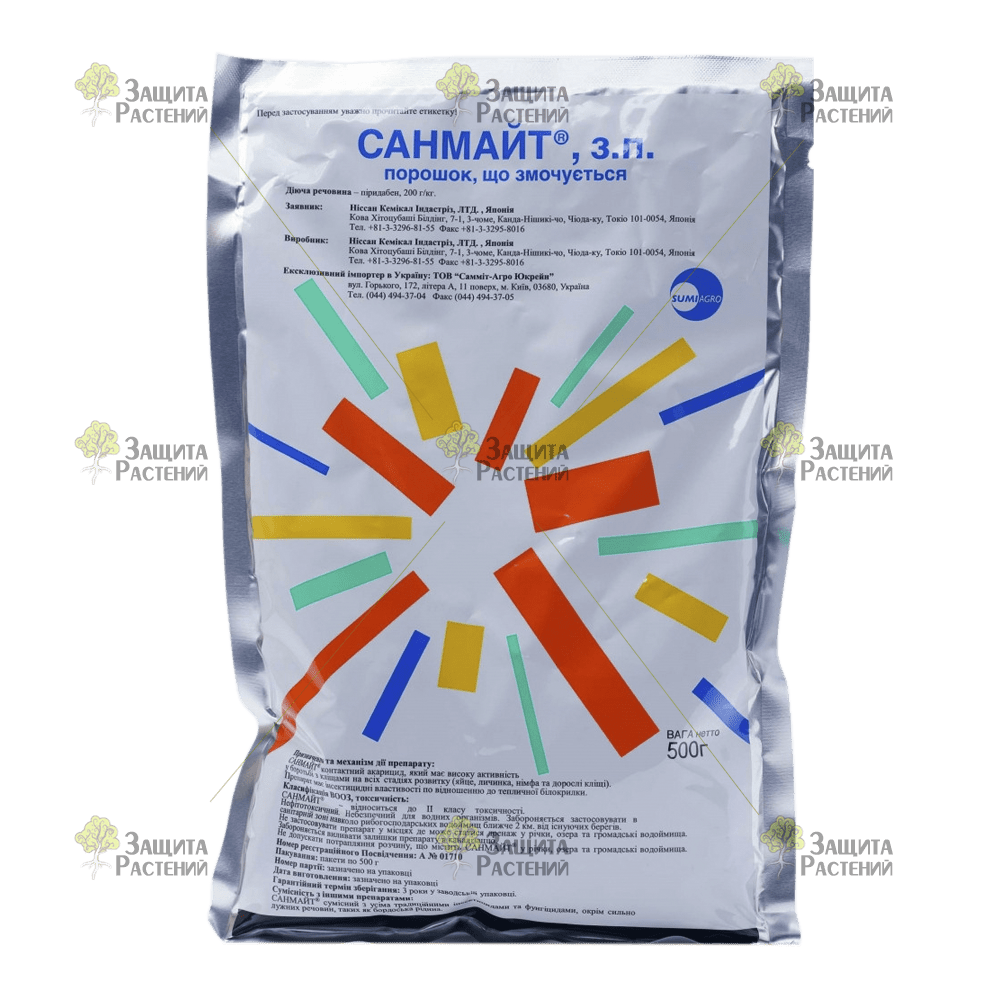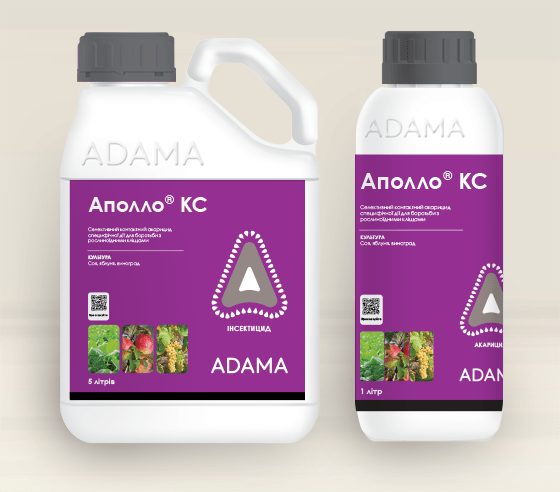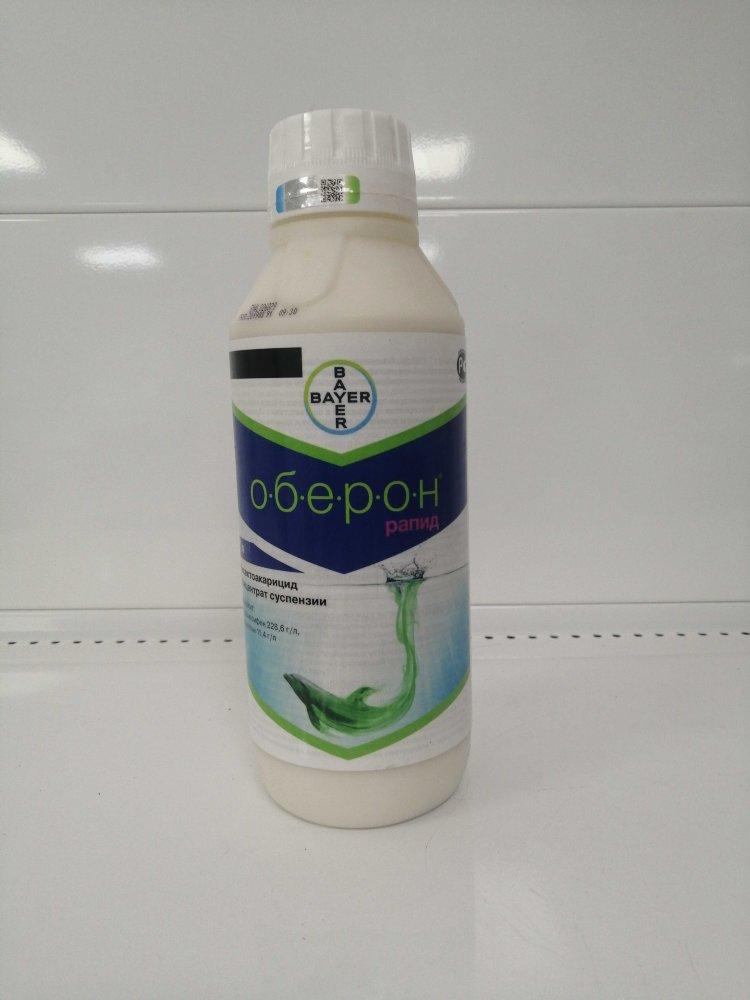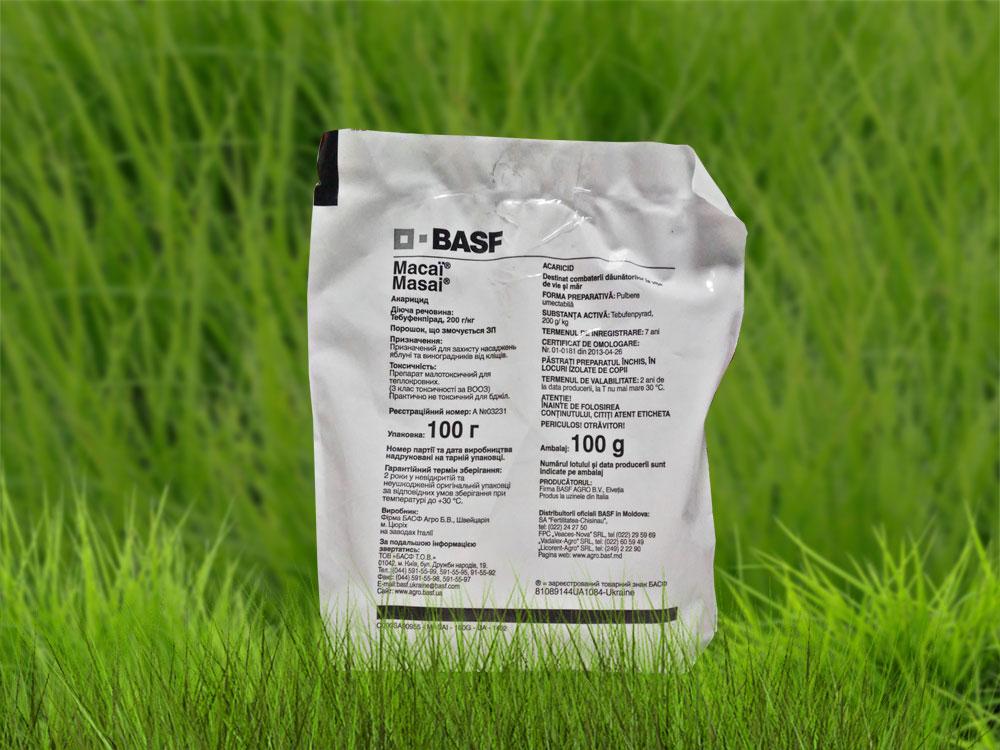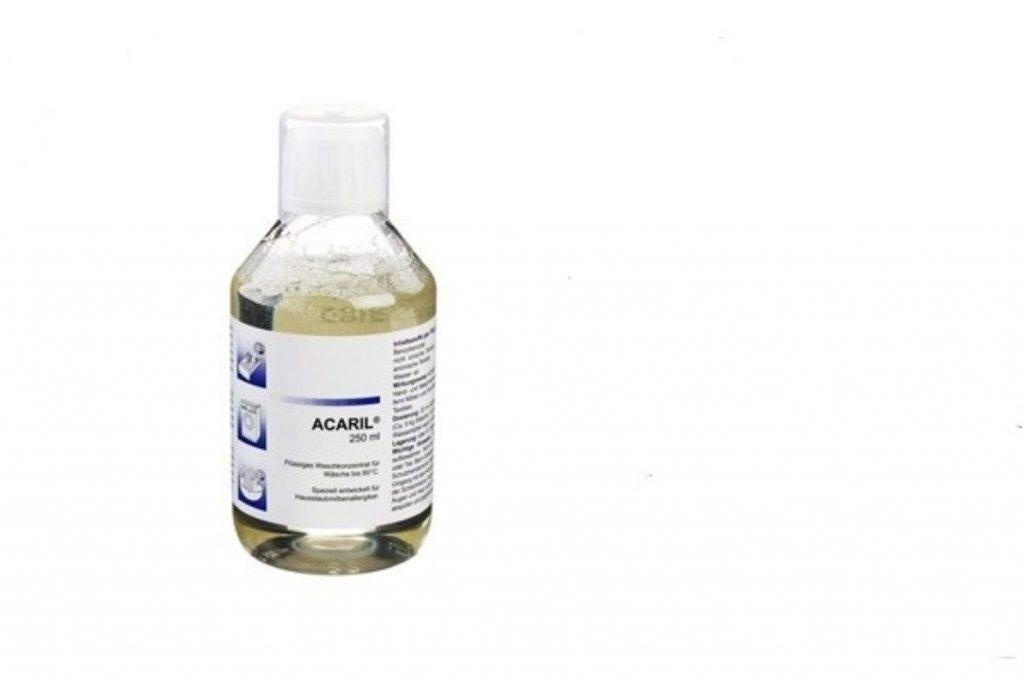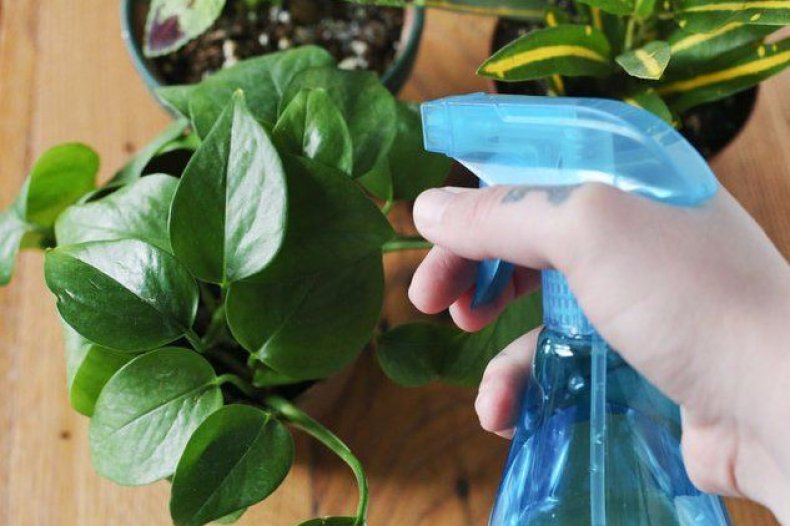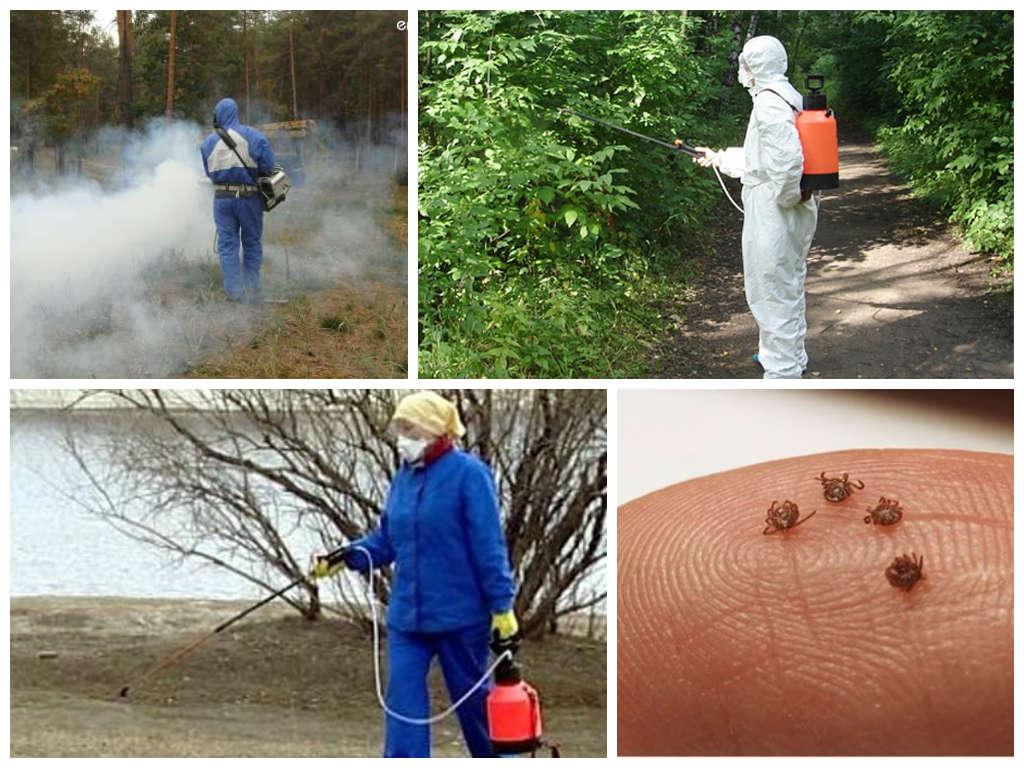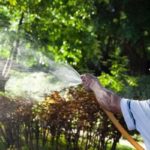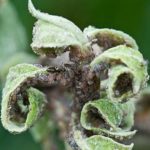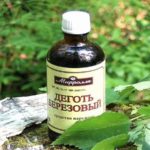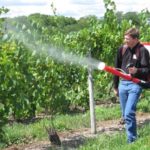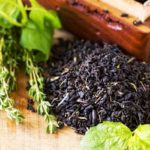Today it is impossible to do without the use of acaricides in the process of growing plants. Let's consider the classification of these drugs, the mechanism of action and method of penetration, frequency of use, how long the effect of the drugs lasts, and how they affect the environment. How to use acaricides according to instructions, advantages and disadvantages of the best modern drugs.
- What is acaricide
- Classification of acaricides
- Insectoacaricides
- Pyrethroids
- Sulfur-containing drugs
- Bromine preparations
- Heterocycles with nitrogen
- Method of penetration and mechanism of action
- How long does the effect last?
- Frequency of application
- Environmental Resistance
- Impact on the environment, people and pets
- Instructions for the use of acaricides
- The best modern drugs
- "Sunmite"
- "Apollo"
- "Oberon"
- "Masai"
- "Acaril"
- "Milbiol"
- "Akarosan"
What is acaricide
This is the general name for agrochemical mite control agents. Acaricidal drugs are divided into 3 groups:
- Insectoacaricides that can simultaneously kill mites and insects. These include FOS, some pyrethroids, and products containing inorganic sulfur.
- Specific acaricides act only on ticks. These include drugs with sulfur, bromine, as well as heterocycles with nitrogen.
- Acarofungicides can destroy mites and pathogenic fungi.
Acaricides are used for plants grown at agricultural enterprises, on farmers' plots and on personal farms.
Classification of acaricides
The products have different active substances in their composition, and therefore have different effects on ticks. Let's consider the main classes of acaricides and typical preparations.
Insectoacaricides
They are chemical and biological. The main crops treated with insectoacaricides are grains, vegetables, melons, industrial crops, fruits and potatoes. These include the drugs “Aktara”, “Force”, “Karate Zeon”, “Vertimek”, “Enzhio” and others. Insectoacaricides do not accumulate in plant tissues, do not remain in the soil, and decompose quickly.
Pyrethroids
Pyrethroids are contained in Dalmatian chamomile flowers, their analogues are artificially reproduced synthetic pyrethroids, whose structure and mechanism of action are similar to natural ones. Preparations with pyrethroids are used to exterminate ticks on garden and horticultural crops, stock pests, ticks in the home, and they are used to treat animals against parasites.Examples of drugs: “Iskra”, “Altair”, “Alfabel”, “Alfashance”, “Tsunami”, “Fatrin”, “Pinocid”.
Sulfur-containing drugs
In addition to acaricidal, they have a fungicidal effect. Contact type drugs. Examples: colloidal sulfur, “Propargit”, “Cumulus”, “Tiovit Jet”.
Bromine preparations
This class includes products with bromopropylate (Neoron, Polisan). They are used on grapes, berries, fruit trees, and shrubs against fruit and spider mites. The products act contact, intestinal and as fumigants.
Heterocycles with nitrogen
In addition to products with bromopropylate, this class of acaricides stands out for its functionality and noticeable effectiveness. Heterocycles act on eggs; adult pests are not destroyed, but become infertile. Because of this, the growth of tick numbers slows down sharply. The heterocycles include the drugs Pyridaben, Phenazakhin and Clofentezine.
Method of penetration and mechanism of action
Acaricides primarily act as contact agents, but their mechanism of action differs depending on the influence of the active substance. There are also fumigants, for example, products with magnesium phosphide or methyl bromide, which are used to treat grain against bread mites. They emit toxic gas that paralyzes pests. Methyl bromide acts not only on ticks, but also on their eggs.
Ticks are susceptible to toxins immediately after hatching from eggs and when they are in the stage of junior larvae. At older ages, adults also acquire some resistance, so you need to try to treat them as early as possible.
How long does the effect last?
If there are a lot of mites on the plants, you need to use products with pronounced initial toxicity.Use low-toxic drugs simultaneously with FOS or highly toxic acaricides (“Pyridaben”).
Frequency of application
In order for acaricides to show maximum effectiveness, it is necessary to treat the plants so that the leaves and stems are completely moistened. The frequency of spraying varies, from 1 to 2-3 times. The period before harvesting the fruits also varies - from several days to 2 months, it all depends on the toxicity of the substance, dosage and consumption of the solution.
Environmental Resistance
How effective the use of specific acaricides will be, and the number of sprayings depends on the durability of the drug and the duration of its preservation on the surface of the plants.
Impact on the environment, people and pets
Among the popular acaricides there are many drugs that act not only on the object of their application - ticks, but also on insects - harmful and beneficial, primarily bees, as well as entomophages. You need to pay attention to this parameter when choosing a drug for processing.
Toxicity to humans and animals is expressed in irritating effects on the skin and mucous membranes, as well as toxic effects upon ingestion. The degree of toxicity is expressed in hazard classes from 1 to 4, where 1 is the greatest danger, 4 is the least. For household use, products with class 4 are produced, for treating plants in the household - 3 and 4.
Instructions for the use of acaricides
The effectiveness of acaricidal drugs depends on correct use. First you need to properly prepare the solution.Plastic, glass or enamel containers are suitable for stirring; metal ones are excluded. To avoid damaging the skin of your hands, be sure to wear rubber gloves.
The preparation method for many acaricides is similar: first dilute the required amount of the drug in a third or half the volume of water until completely dissolved. Then add the remaining volume and stir again. Pour into the sprayer tank. The dosage, as well as consumption, are indicated for each product in the instructions, which must be strictly adhered to and not exceed the norm.
Use the prepared solution immediately and in full, store no longer than 1 day. Do not use the solution after the expiration date. Do not use expired products, the effectiveness of which is sharply reduced.
Plants should not be sprayed in sunny weather, in cloudy weather, before rain or in the morning after dew. The same goes for the wind: it is necessary to work on days when there is no wind so that the solution does not blow to the side. The average temperature at which most acaricides work well is 15-25 ˚С. If processed below this range, reduced effectiveness can be expected.
Treat plants carefully, on all sides, leaves and stems should be completely moistened. How effective the drug will be depends on the thoroughness of spraying.
Acaricides can be mixed with other agricultural products only if it is known for sure that they will not interfere with each other’s action. But, in most cases, they are used separately. When processing indoor plants, the following rules apply: remove people and animals from the premises. Wear a respirator, goggles and rubber gloves.After treatment, it is advisable to ventilate the room.
The best modern drugs
New acaricides are fast-acting, can be used to treat many types of plants, and are not as toxic to the environment as previously popular drugs. Let's consider the advantages and disadvantages of modern acaricides.
"Sunmite"
Advantages of the drug:
- active against ticks at all stages of development;
- is not addictive;
- has a detrimental effect on sucking insects;
- fast action - ticks stop feeding after 1.5 hours, die after 3-4 days;
- active at any permissible temperature;
- rain falling 2 hours after treatment no longer affects the result.
Disadvantages: only used on apple trees.
"Apollo"
Advantages:
- prolonged action;
- destroys eggs;
- effective against spider mites;
- long-term toxic effect (at least 1 month);
- does not kill beneficial mites.
Disadvantages: high consumption of solution when used on fruit and grapes.
"Oberon"
Advantages of the drug:
- wide spectrum of action;
- kills pests at all stages;
- the mechanism of action is unique;
- destroys eggs;
- “knockdown” effect;
- is not addictive;
- compatible with biological products.
Disadvantages of the product: high consumption on greenhouse tomatoes and cucumbers.
"Masai"
Advantages:
- acts on larvae, adult pests and oviposition;
- severe initial toxicity;
- long-term plant protection;
- does not destroy predatory beneficial mites;
- can be used at a wide range of temperatures;
- allowed for use on flowering plants;
- compatible in working mixtures.
Cons: used only on apple trees and grapes.
"Acaril"
Anti-dust mite product for washing clothes in the washing machine. Advantages:
- health safety;
- eliminates pests at all stages.
Disadvantages: high cost.
"Milbiol"
Furniture treatment product. Advantages:
- easy to use;
- on a natural basis;
- stops the development and disrupts the feeding of pests.
Cons: has a slight onion smell, requires repeated applications.
"Akarosan"
Acaricide spray for treating fabrics, carpets, pillows, mattresses. Advantages:
- kills pests quickly;
- destroys allergens;
- long action;
- safe for people and animals.
Cons: Repeated treatments are required to completely kill mites.
Acaricides are a specific group of drugs designed specifically to exterminate many types of ticks. They belong to different classes, the classification is based on the mechanism of action and the active substances in the composition. They differ in the level of toxic effects on people, beneficial insects, animals, and plants.
There are differences in the speed of action, duration of the protection effect, frequency of treatments and the period that must pass before the permitted harvest of fruits. The drugs have different dosages and consumption, and there are particularities in their use. Information about this can be found in the manufacturer's instructions.
For all acaricides, the rules for preparing the solution and its use are correct. During work, you must adhere to safety precautions, work using protective equipment to avoid skin damage or poisoning.


